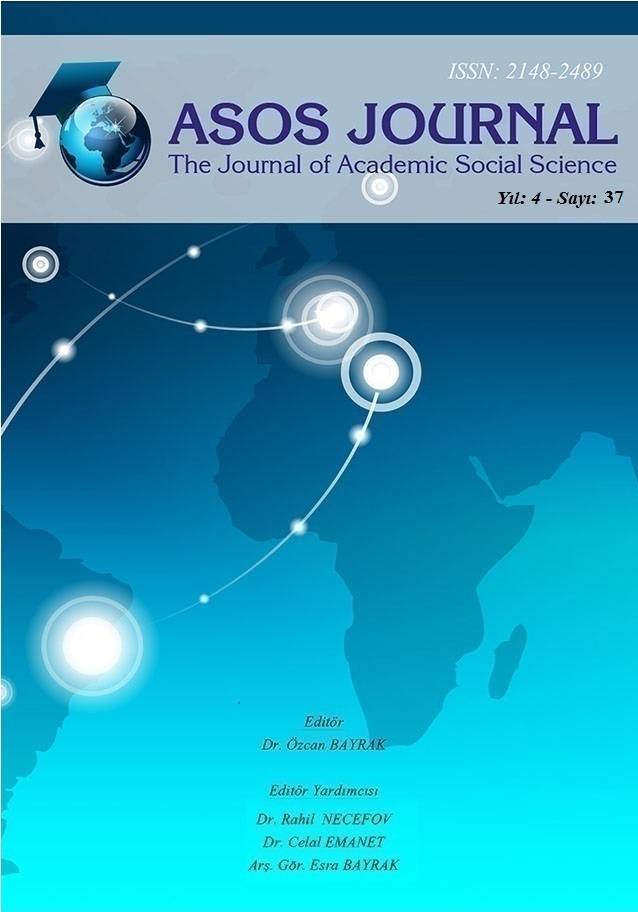Author :
Abstract
Doğa insan ilişkisi, insanoğlunun var oluşundan bugüne kadar devam eden bir süreçtir. Canlı cansız bütün varlıklarıyla doğa, kendi kendini sürekli olarak yeniden yaratıp değiştiren bir güce sahiptir. Bu gücü ile insanoğlunun meydana getirdiği medeniyetin de itici gücü olmuştur. İnsanlık uzun tarihsel gelişim süreci içerisinde doğadan daima faydalanmıştır. Doğayı gözlemlemiş ve gözlemledikçe de akıl gücü gelişmiştir. Sanat yapıtlarının ilk oluşumunda dahi doğayı gözlemleme ve taklit yatmaktadır. Doğa, sanata nesne olduğu kadar bilim ve felsefeye de nesne olmuştur.19. yy da endüstriyel gelişimlerin sonucunda keskin ve soğuk biçimler ortaya çıkmıştır. Bu duruma karşı oluşan, doğaya duyarlılık, organik biçimlere dönüşü getirmiştir. Bernard Leach'in Uzakdoğu seramiklerinin anlam ve değerini Batı’ya taşıması bu dönemde teknik ve estetik yönden zenginlik getirmiştir. Picasso’nun kullanım seramiklerine işlev dışı yönelmesi ise seramik sanatını farklı bir gelişmeye yönlendirmiştir. Daha çok heykele yönelmiş günümüz seramik sanatı doğanın organik biçimlerine kayıtsız kalmamaktadır. Genellikle insan, bitki ve hayvan kaynaklı organik biçimler seramik heykellere yansıdığı gibi yine doğa kaynaklı ancak oldukça soyutlanmış organik biçimler de seramik heykellere yansıyanlar arasındadır.
Keywords
Abstract
Nature is a human relationship, a process that continues until the present day of the existence of mankind. With all its living and lifeless beings, nature possesses a power that constantly re-creates and changes itself. With this power, the civilization brought by mankind has become the driving force. Humanity has always benefited from nature in the long historical development process. As we observed nature and observed it, the mind developed. Even in the first formation of art works, nature observes and imitates nature. Nature is an object to science and philosophy as much as it is an object of art. In the 19th century, sharp and cold forms emerged as a result of industrial developments. Sensitivity to nature, resulting in this situation, has given way to organic forms. Bernard Leach's relocation of the meaning and value of the Far East ceramics to the West brought a wealth of technical and aesthetic aspects in this period. The inability of Picasso to function in the use of ceramics has led the art of ceramics to a different development. Today's ceramics art, which is mostly oriented to sculpture, is not indifferent to the organic forms of nature. Organic forms originating from human, plant and animal are usually reflected in ceramic sculptures, but organic forms, which are derived from nature, are also reflected in ceramic sculptures.





